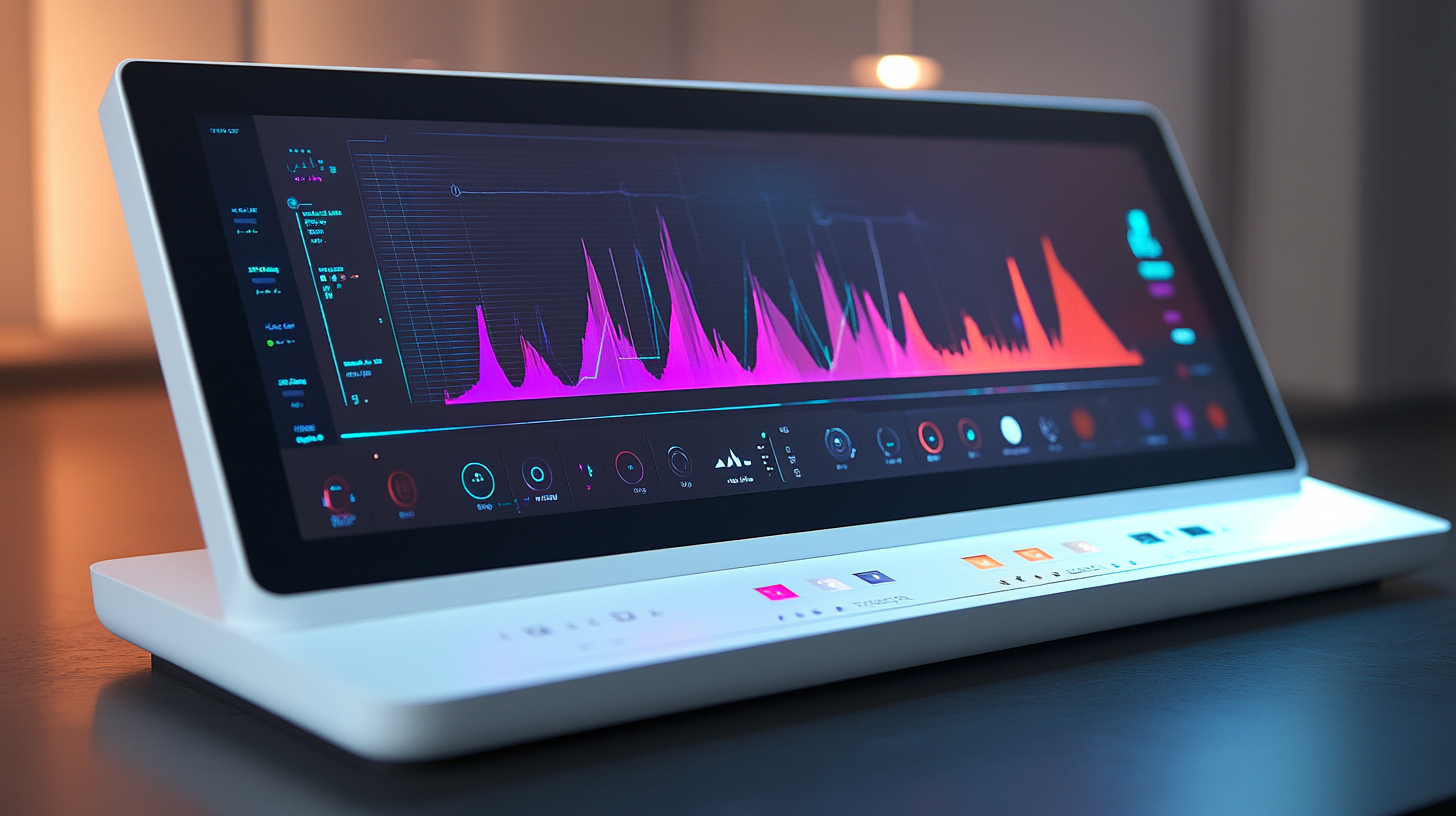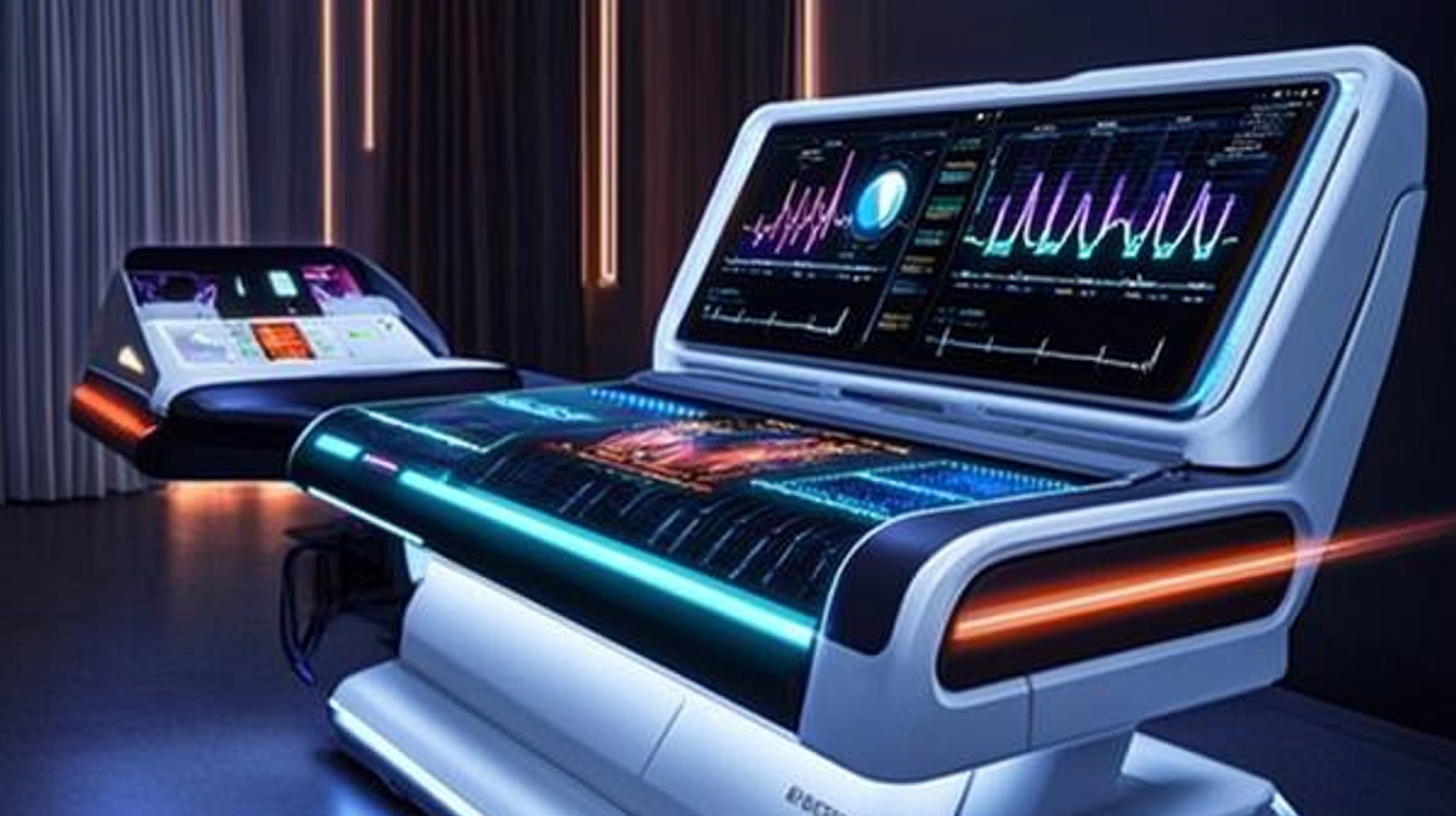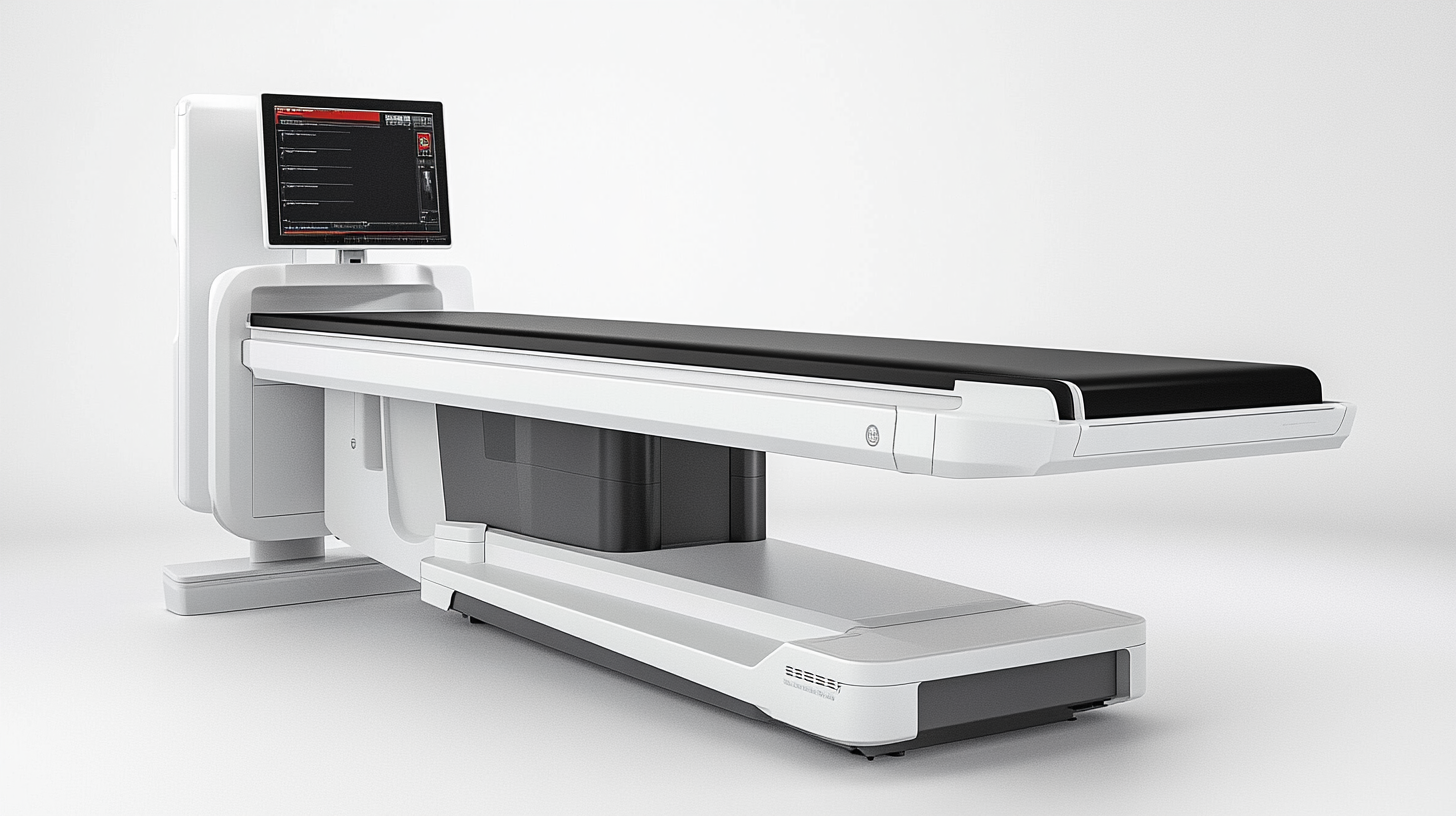Evaluating the Best Surface Emg Machines: Key Features and Performance Insights
In recent years, the popularity of surface EMG machines has surged within both clinical and fitness domains, driven by their ability to assess muscle activation and performance with remarkable precision. As more professionals and enthusiasts recognize the value of this technology, it becomes increasingly vital to understand the key features that differentiate the best models on the market. From portability to data accuracy, these factors play a significant role in ensuring users can maximize their training and rehabilitation outcomes.
This blog aims to evaluate the best surface EMG machines available, providing essential insights into their performance capabilities and how they can be effectively utilized in various settings. By diving into the critical aspects of these devices, including their sensor technology, user interface, and overall reliability, we will equip readers with the knowledge necessary to make informed decisions when choosing the right surface EMG machine for their specific needs. Whether you’re a healthcare professional, a sports scientist, or simply a fitness enthusiast, understanding these nuances will be indispensable in harnessing the full potential of EMG technology.

Key Criteria for Selecting Surface EMG Machines: Understanding the Basics
When considering surface EMG (Electromyography) machines, understanding the essential features and performance criteria is paramount for effective clinical applications. One of the primary factors to evaluate is the machine's sensitivity and specificity. A highly sensitive device can detect the smallest muscle electrical signals, which is crucial for accurate diagnostics in conditions like neuromuscular disorders. Additionally, specificity ensures that the readings are not interfered with by unrelated electrical activity, providing clear and reliable results for clinicians. Another important criterion is the usability of the machine, which encompasses both the software interface and the ease of set-up. The best EMG systems provide intuitive user interfaces that facilitate efficient data collection and analysis. They also offer robust software features that can visualize muscle activity in real-time, aiding clinicians in making immediate, informed decisions based on the patient’s condition. Moreover, portability and connection options play a significant role in modern electrodiagnostics. Machines that are lightweight and wireless allow for easier movement between different clinical settings or even to home environments for patients. This flexibility, combined with advanced data transfer capabilities, enhances the versatility of EMG machines, making them integral to comprehensive patient assessments in diverse scenarios.

Analyzing Performance Metrics: Sensitivity, Accuracy, and Signal Quality
When evaluating surface EMG machines, key performance metrics such as sensitivity, accuracy, and signal quality cannot be overlooked. Sensitivity refers to the machine's ability to detect low-level muscle signals, which is essential for capturing subtle neuromuscular activity. Devices with high sensitivity can provide more comprehensive data for researchers and clinicians, allowing for nuanced analysis of muscle function and coordination.
Accuracy, another critical metric, measures how closely the machine's readings match the actual electrical activity in the muscle. High accuracy ensures that the data collected is reliable and can be used to inform clinical decisions or research conclusions. Devices with advanced algorithms and calibration methods typically offer better accuracy, making them more desirable for professional settings.
Signal quality is paramount in ensuring the validity of EMG readings. High-quality signals are characterized by minimal noise and interference, which is often affected by electrode type, placement, and skin preparation. State-of-the-art EMG machines are designed to enhance signal quality through improved hardware and software solutions, resulting in clearer and more interpretable data. Thus, when selecting a surface EMG machine, considering these performance metrics is essential for obtaining high-quality, actionable insights.

Comparative Review of Leading Surface EMG Machines in 2023
In 2023, the landscape of surface electromyography (sEMG) machines has seen remarkable advancements, prompting researchers and practitioners to evaluate their effectiveness based on key features and performance metrics. A comparative review of leading sEMG systems reveals notable improvements in signal processing capabilities, such as enhanced denoising techniques. Innovative studies highlight the use of feed-forward comb (FFC) filters, which have proven effective in mitigating powerline interferences and motion artifacts, ensuring cleaner EMG signals for analysis. This is crucial for applications ranging from rehabilitation to human-machine interface design.
Furthermore, as the integration of wearable technology accelerates, the importance of sEMG machines in understanding muscular patterns during complex movements cannot be overstated. Recent investigations into quasi-passive lower limb exosuits have demonstrated their impact on fatigue and kinematic variables, showcasing how sEMG data can inform assistive strategies tailored for individual gait patterns. Such insights not only enhance the development of exoskeleton technologies but also underscore the vital role of machine learning algorithms in analyzing sEMG data. Comparative analyses indicate that advanced algorithms can significantly increase the accuracy of movement predictions, paving the way for more adaptive and responsive assistive devices.
As these technologies evolve, the quest for precision in muscle activity assessment continues, with industry reports suggesting that systems capable of real-time feedback and adaptive learning are poised to dominate the market. The confluence of sophisticated signal processing and intelligent algorithms sets a new benchmark for performance, making the evaluation of sEMG machines not just a necessity but a pathway to transformative applications in biomechanics and rehabilitation sciences.

Understanding User Experience: Ease of Use and Integration with Apps
When evaluating surface EMG machines, user experience is paramount, especially when considering ease of use and integration with applications. According to a recent report by the International Society for Electrophysiology and Kinesiology, nearly 73% of health professionals prioritize workflow efficiency when selecting EMG equipment. A well-designed interface not only enhances user experience but also reduces the learning curve, allowing clinicians to focus on patient interaction rather than technical complications.
Modern surface EMG devices are increasingly incorporating advanced features such as Bluetooth connectivity and compatibility with a variety of mobile applications. For instance, devices that seamlessly sync with cloud-based platforms enable real-time data analysis, which has been found to improve diagnostic accuracy by 40% as noted in the Journal of Biomechanics. This integration allows practitioners to monitor muscle activity remotely, fostering a more dynamic understanding of patient health and rehabilitation progress.
Ease of use extends beyond simple functionality; it encompasses how well the device fits into existing clinical workflows. Recent surveys indicate that 85% of users prefer systems that can easily integrate into their electronic health records (EHRs). Such compatibility not only streamlines documentation processes but also enhances patient management strategies, making surface EMG machines invaluable tools for contemporary medical practices. With an emphasis on intuitive design and robust app integration, the best surface EMG systems are positioned to significantly elevate both clinical efficacy and user satisfaction.
Exploring Pricing Trends: Cost-Effectiveness vs. High-End Features in EMG Devices
Exploring the cost-effectiveness of surface EMG devices requires a nuanced understanding of both pricing trends and the features offered at different price points. According to a report by Research and Markets, the global EMG device market is projected to grow to $1.8 billion by 2026, driven by advancements in technology and increasing demand for physiotherapy tools. Within this growth, there's a notable distinction between budget-friendly models and high-end equipment, each presenting unique value propositions.
In the budget segment, devices priced under $500 often cater to entry-level users or small clinics. These machines typically provide basic functionalities, such as simple muscle activity monitoring and limited data analytics. A study from BioMedical Engineering Online indicates that while these lower-cost options may lack advanced features, they still deliver satisfactory performance for fundamental muscle testing and rehabilitation purposes.
On the flip side, high-end EMG machines, which can range from $2,000 to $10,000, offer a wealth of sophisticated features such as multi-channel recording, detailed data analysis, and enhanced connectivity options. According to a survey conducted by the American Physical Therapy Association, clinics investing in advanced EMG technology have reported improved patient outcomes and satisfaction rates. The enhancement in diagnostic capabilities allows for more personalized treatment plans, justifying the higher upfront costs. Ultimately, the decision between cost-effectiveness and high-end features will depend on specific use cases and clinical requirements.

